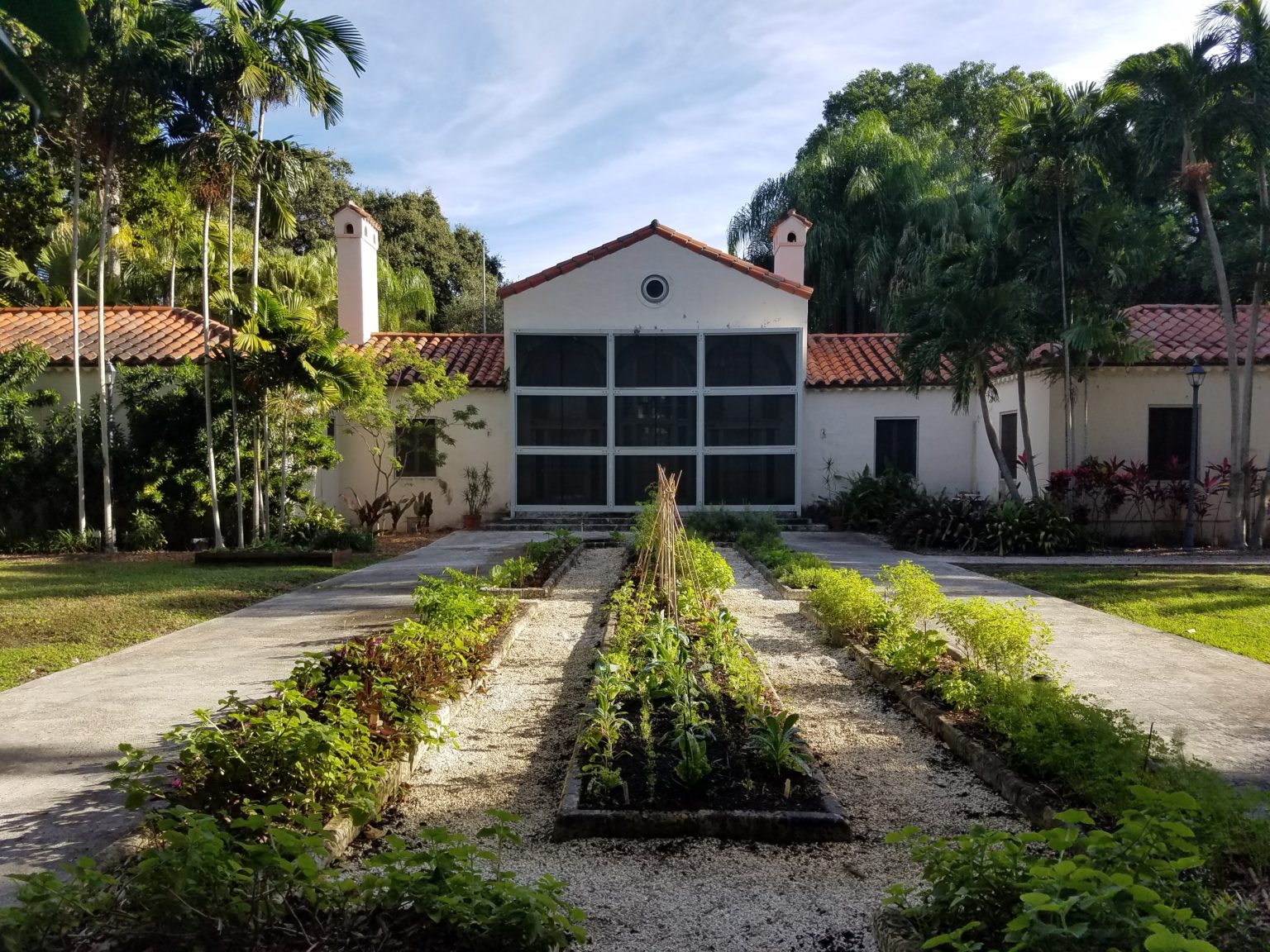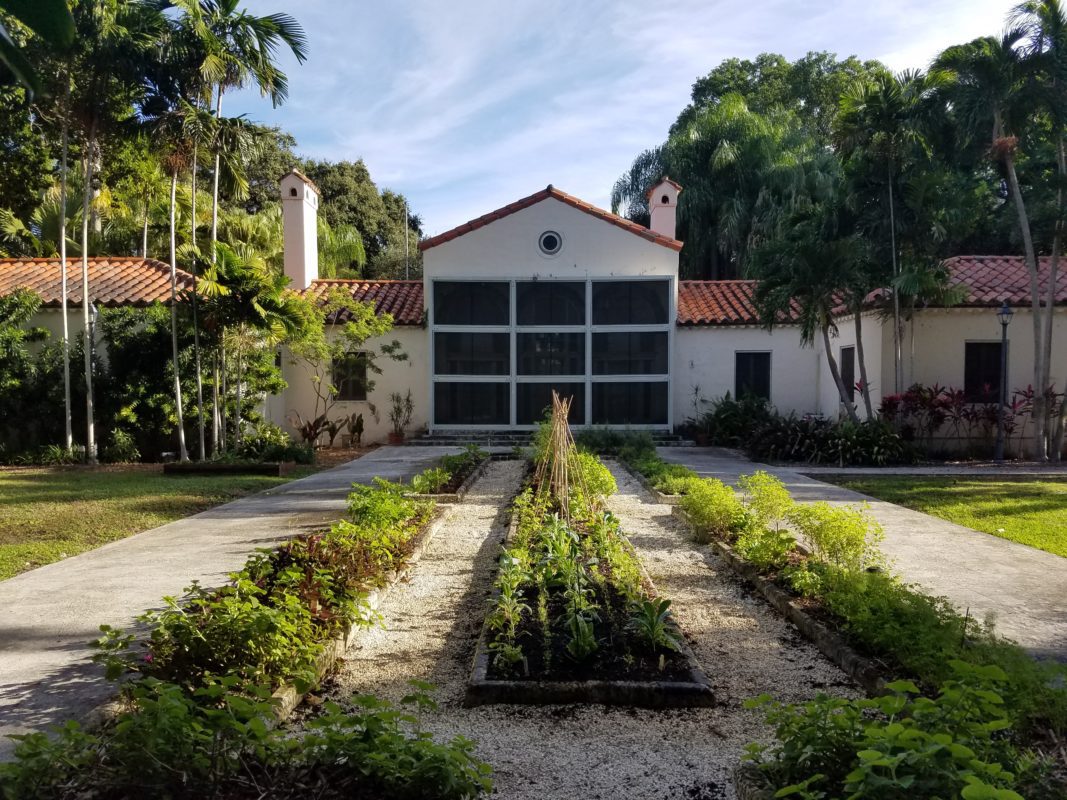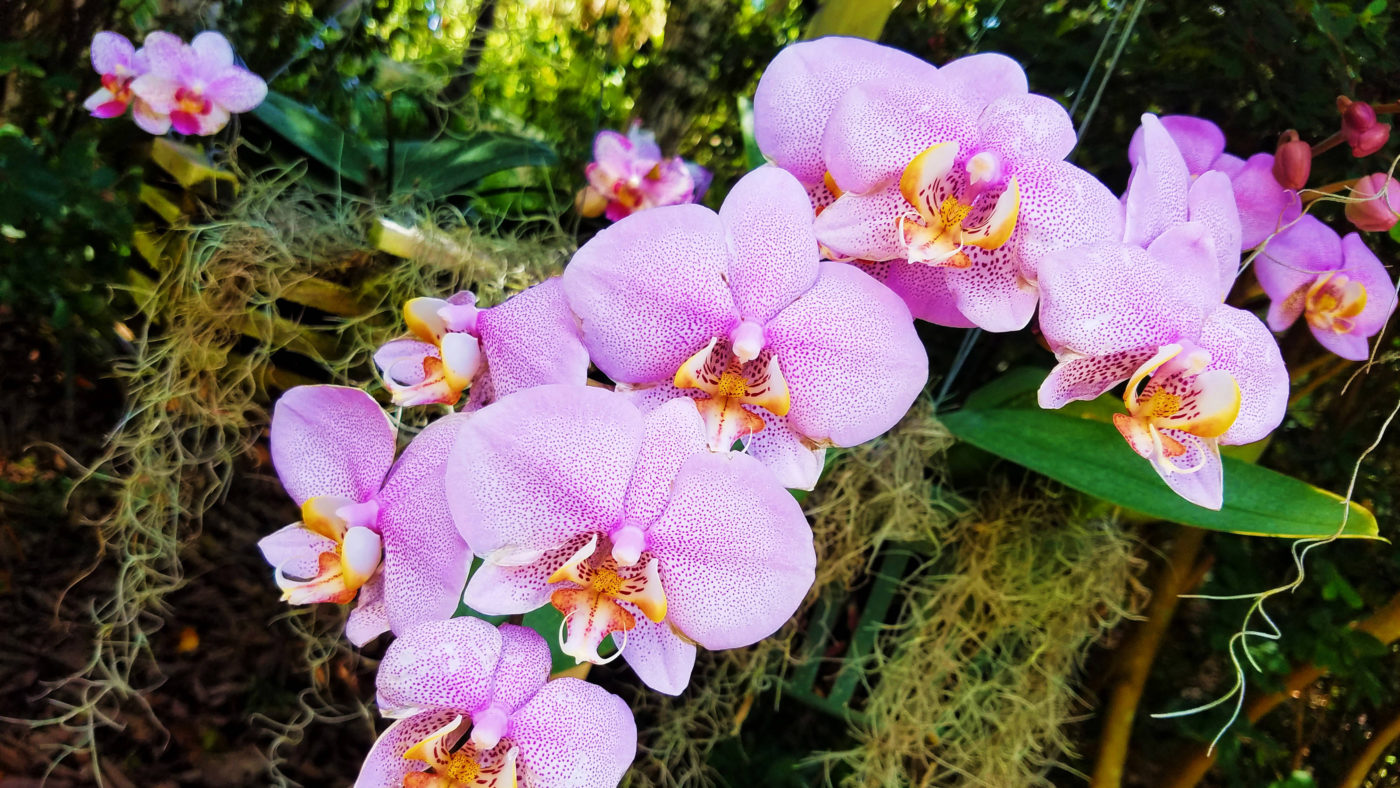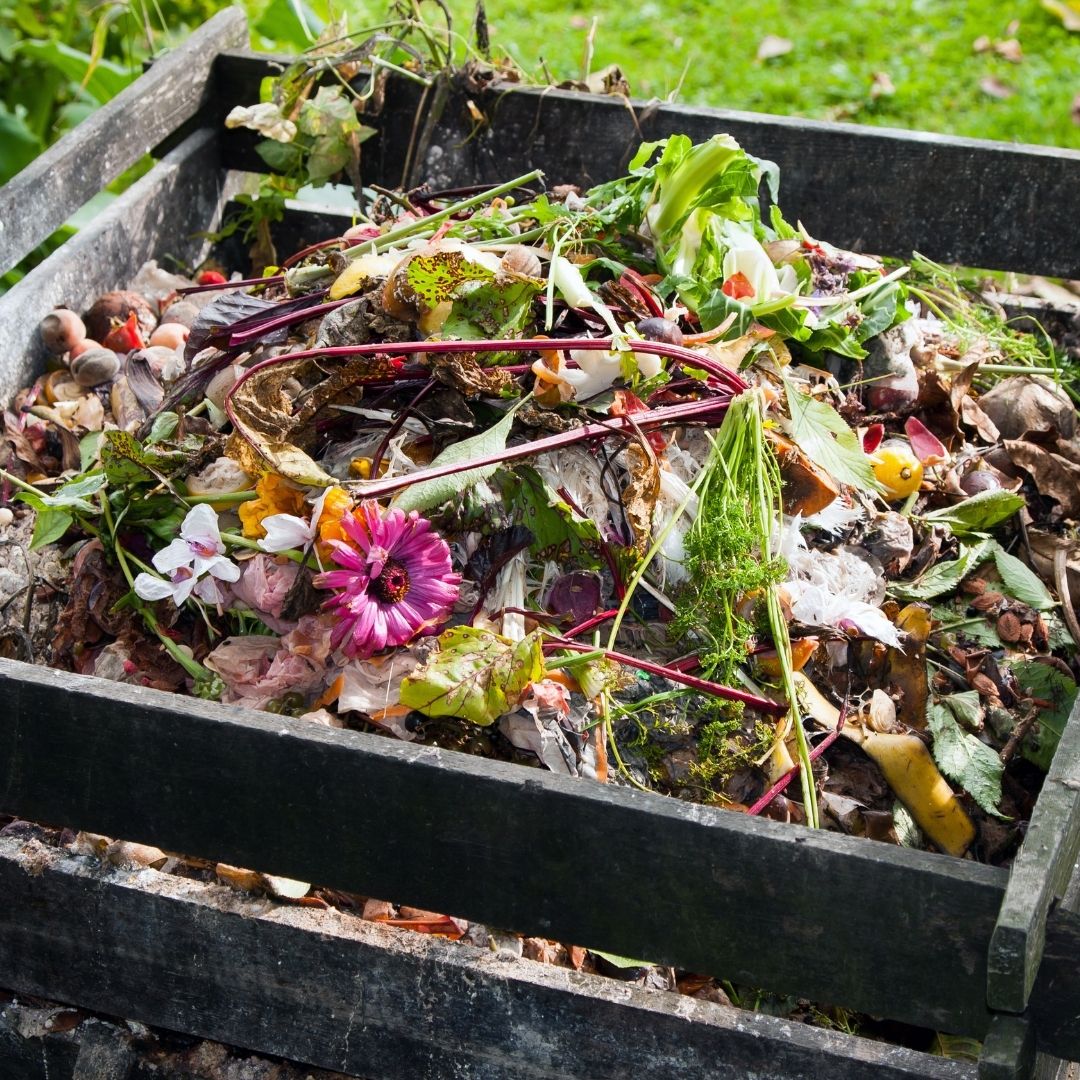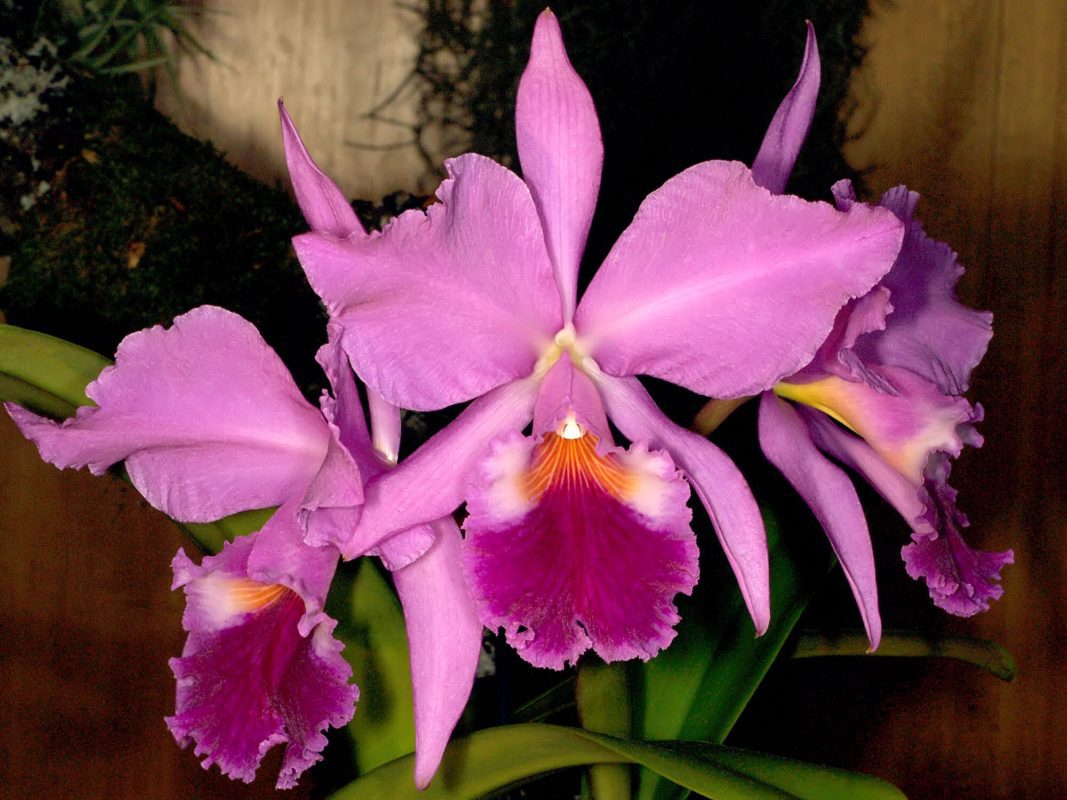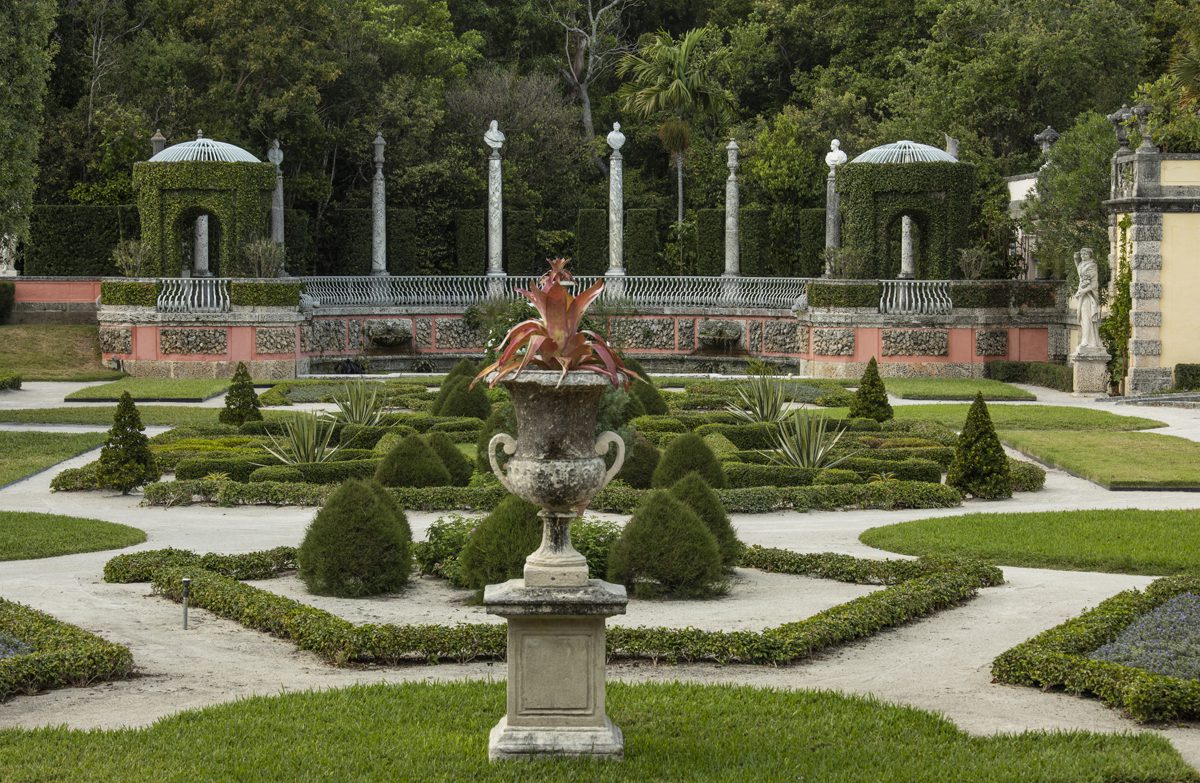Global warming and climate change are global phenomena, but there are many things we can do as individuals to help mitigate their effects. Or, shall we say, help mitigate our own carbon footprint.
If you’ve got a case of the green thumb, then you may be unaware that some of your gardening habits could be harming the environment. From the type of soil, you use to how often you water your plants, your gardening choices can increase carbon and methane emissions.
We know, it’s a lot to think about. But don’t worry, we’re here to help. At Vizcaya Museum and Gardens, sustainability is one of our pillars at Vizcaya. We thrive on finding ways to reduce our impact on the earth, and that includes gardening sustainably.
This article will explore some of the best ways to garden sustainably and reduce your carbon footprint. Trust us; it’s not as difficult as it sounds. And once you get into the habit of gardening sustainably, you may be surprised at just how easy it is.
So, without further ado, let’s get started.
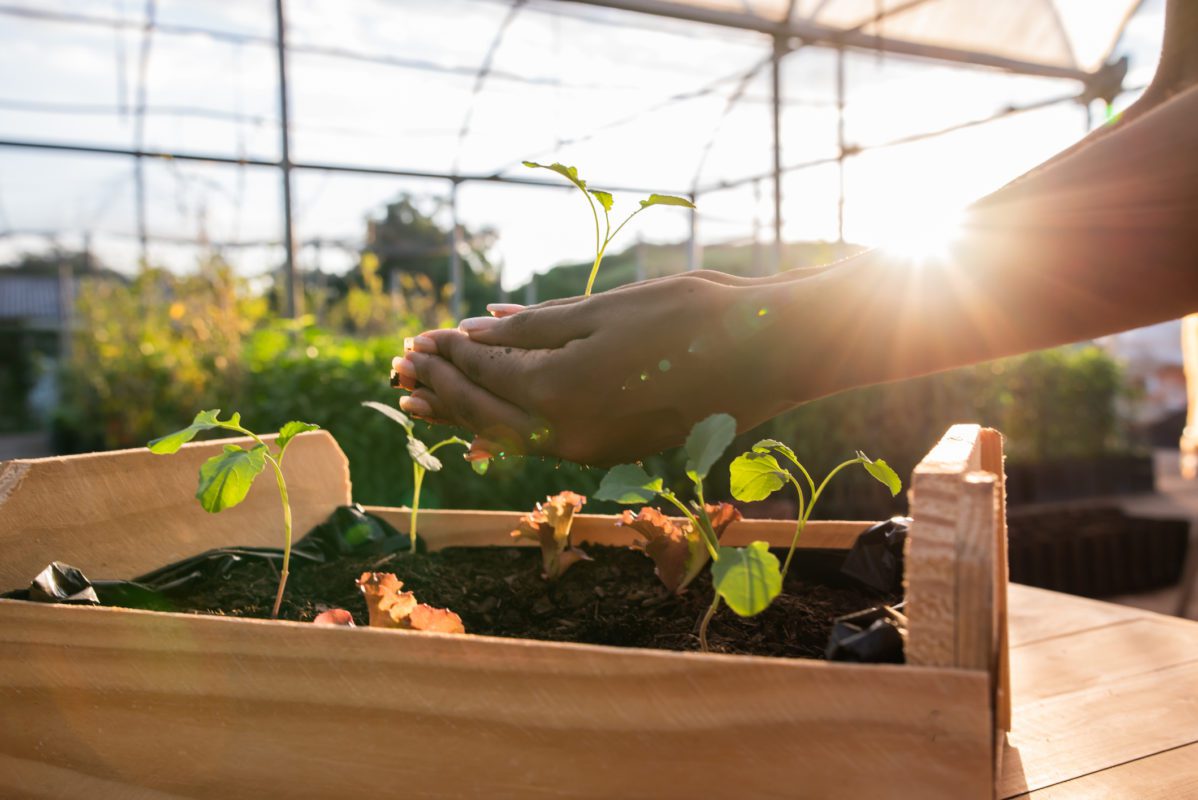
Why does gardening matter when it comes to climate change?
You may be wondering why gardening matters when it comes to climate change. After all, what does growing a few plants have to do with the emissions of carbon and methane? And why do you need to be concerned about your carbon footprint?
Well, it all has to do with the way we garden. Traditional gardening practices can actually contribute to climate change by causing soil erosion, releasing greenhouse gasses, and using up valuable resources like water.
But sustainable gardening practices can help mitigate these effects. You don’t have to make considerable changes to your garden to make a difference. Instead, small steps can go a long way in reducing your carbon footprint and making your garden more sustainable.
What is sustainable gardening?
Sustainable gardening is an approach to gardening that minimizes the negative impact on the environment. It focuses on using environmentally-friendly practices that help conserve resources, improve soil health, and protect biodiversity.
Some of the fundamental principles of sustainable gardening include using organic methods, minimizing chemical use, conserving water, and creating habitat for wildlife.
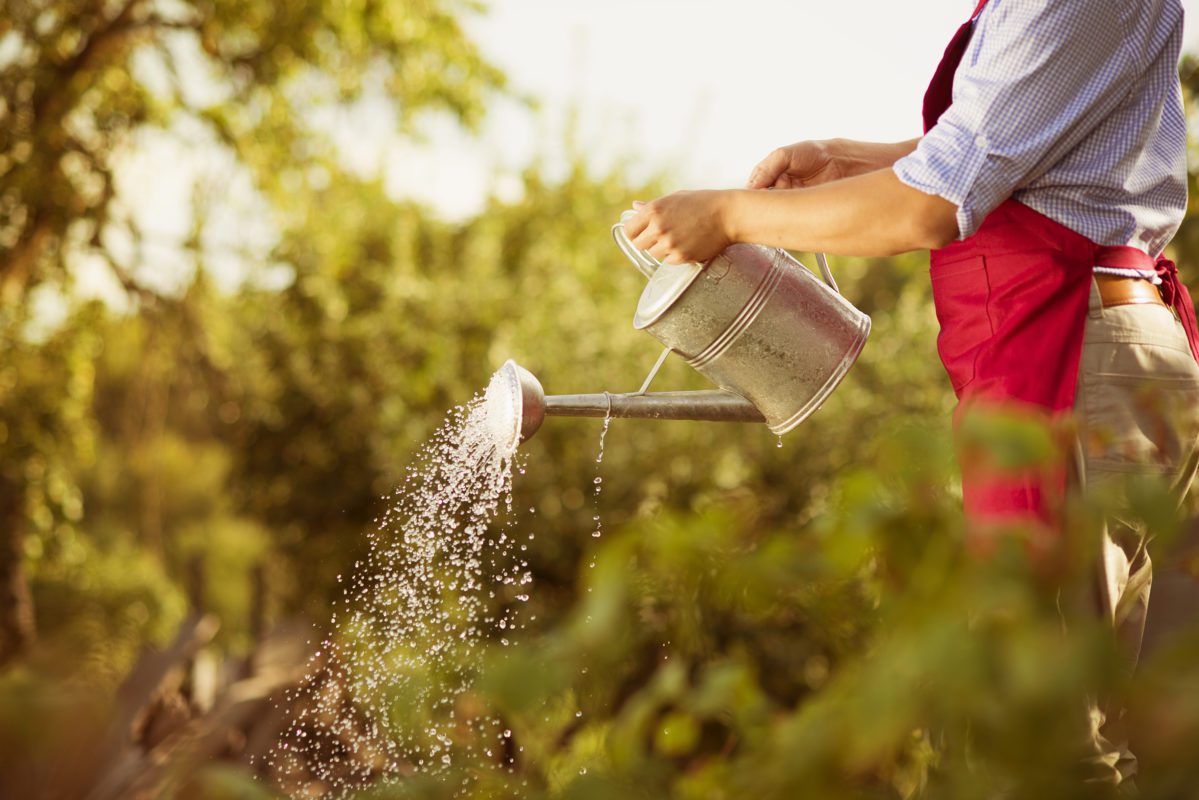
Habitat loss is one of the leading causes of species decline, so by creating habitat in your garden, you can do your part to help preserve biodiversity. This can be as simple as planting native plants that provide food and shelter for local wildlife.
Habits like using chemical pesticides, herbicides, and fertilizers also have a negative impact on the environment. These chemicals can pollute the air, water, and soil, and they can also be harmful to humans, insects, and animals.
Minimizing your use of chemicals is one of the best things you can do for the environment. Luckily, plenty of organic gardening methods are just as effective.
Let’s dive into some of these methods now.
HELPFUL TIP: If you’re unsure where to start, try implementing one sustainable gardening practice at a time. As you get more comfortable, you can add more practices to your routine.
Ways to garden sustainably and reduce your carbon footprint
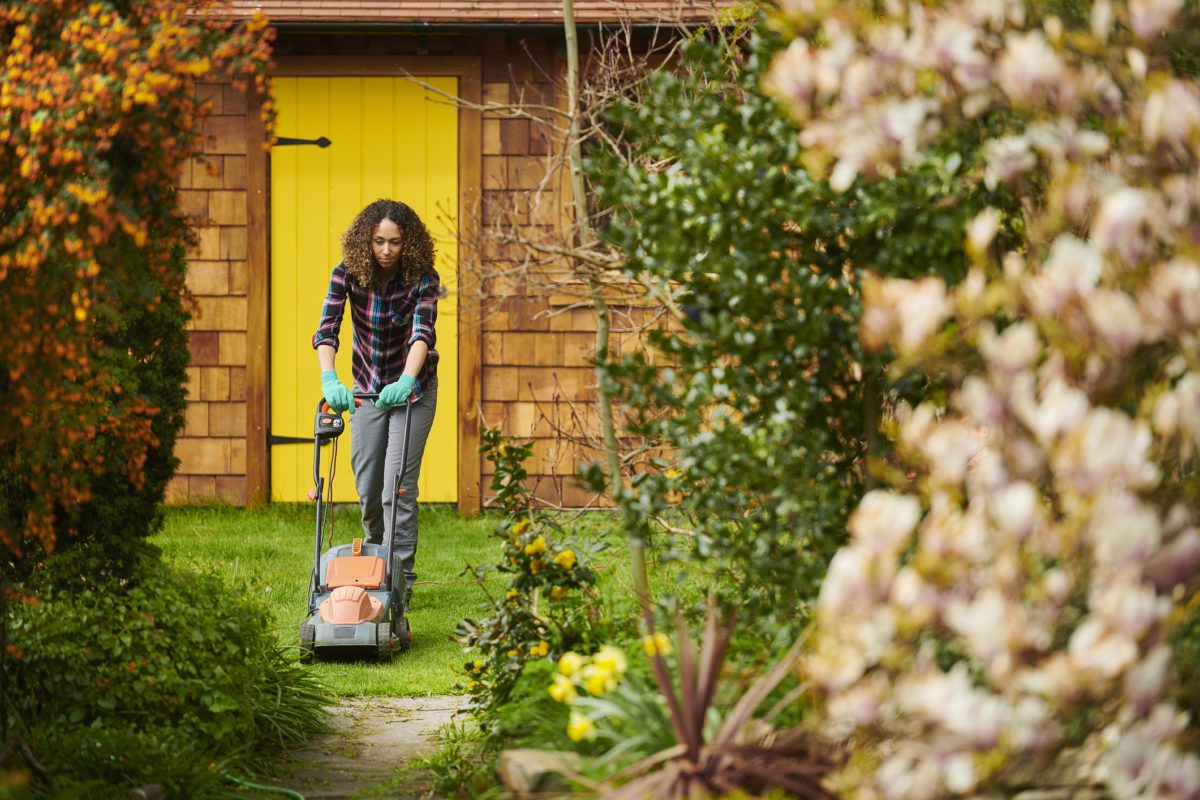
DITCH THE GRASS
One of the biggest things you can do to reduce your carbon load is get rid of your grass or, at the least, mow it a bit less. This may seem like a daunting task, but there are plenty of alternatives to a traditional lawn.
For example, you could plant a native meadow or use groundcover plants that don’t need to be mowed. Groundcover plants help prevent soil erosion and can be a great alternative to grass. They also don’t need to be mowed, making them low maintenance.
If you really want your manicured lawn, you could try using a battery-powered mulching mower. This will allow the clippings to decay back into the soil, reducing your fertilizer needs by half. It’s the perfect solution for those who want a beautiful lawn without all the work.
- HELPFUL TIP: If you have a lot of grass to get rid of, you can try composting it. This will help add valuable nutrients back into the soil. Composting is a really easy way to ensure that the carbon produced by harvesting your vegetables and yard waste goes back into the soil where it belongs, locking the carbon away with it! That’s why we’re now composting almost all our horticultural waste, branches, and palm fronds!
- HABITAT HACK: Native plants are adapted to the local climate and soil and provide food and shelter for local wildlife. So, by planting native plants in your garden, you can create valuable habitats for birds, bees, and other creatures.
MOW LESS OFTEN
Mowing the lawn is a necessary garden task but can be time-consuming and emit greenhouse gasses. If you have a large lawn, try cutting it less often. This will save you time and help reduce your carbon footprint.
PRUNE LESS OFTEN TOO!
Hedges, plants, and trees all need to be pruned from time to time, but did you know that you can reduce the frequency and intensity with which you prune? It’s true, and it’s not only better for the plants, but it also better for the flora and fauna that make the plants their home, and if you’ve been using power tools, you’re reducing 2-cycle emissions too.
2-cycle landscape equipment are huge polluters because, until recently, there were no emissions regulations on them, so the machines would spew vast amounts of carcinogenic pollutants into the air. This not only affects the air quality for you and your neighbors, but it also negatively impacts the health of the plants you’re trying to take care of.
These are all significant reasons why, as they approach the end of their life cycles, most of our 2-cycle gas equipment is being replaced with rechargeable battery-powered. Not only are they safer and quieter, but it’s also less expensive to charge a battery than it is to mix and dispense fuel.
REPLACE THIRSTY AND HUNGRY PLANTS WITH SOUTH FLORIDA NATIVES
If you want a lower -maintenance and more sustainable garden, you should consider planting some plants native to South Florida. Native plants are better adapted to the local climate and soil, so they don’t need as much water or fertilizer. This means they’re less likely to require frequent irrigation, which can use a lot of water and energy.
Thirsty plants are not only water hogs, but they’re also typically heavy feeders. This means they require more fertilizer, which can run off into our waterways and pollute them. By planting native plants, you can help reduce water use and fertilizer runoff.
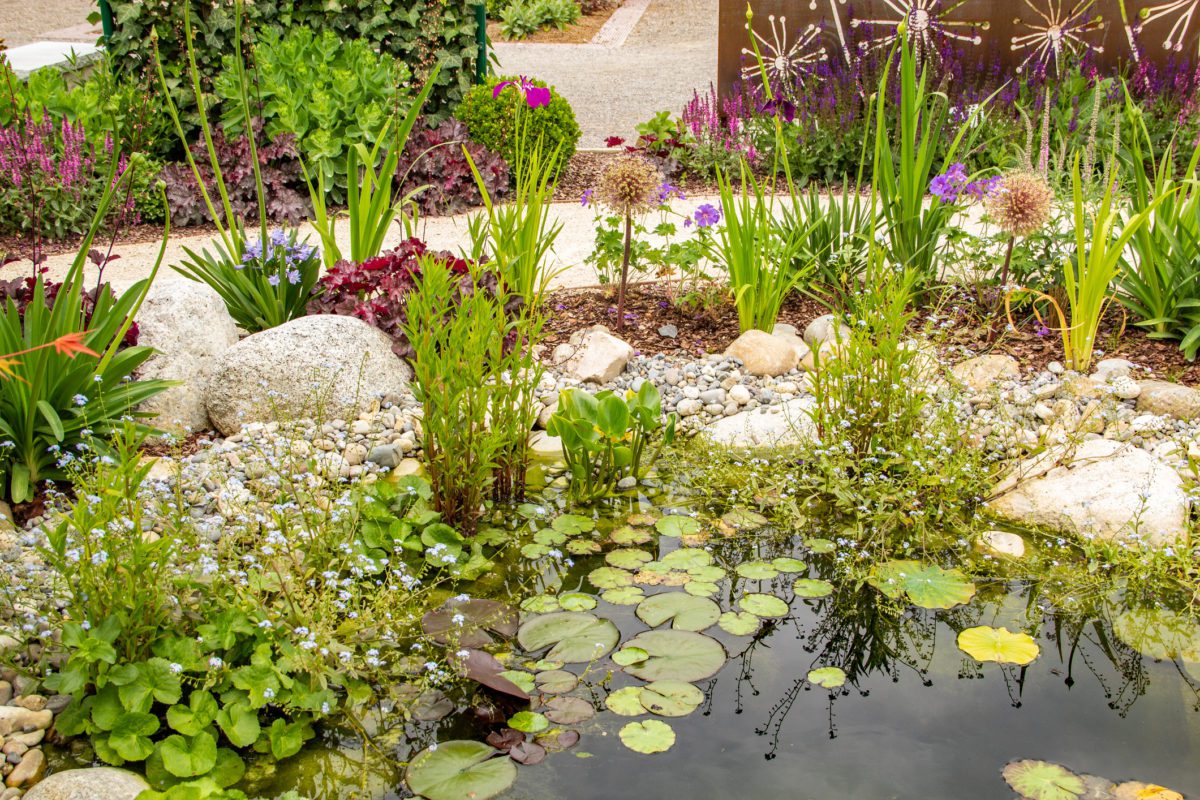
Dig a pond
Ponds are a great way to add interest to your garden and create a habitat for wildlife. They can also help reduce water use because they can be used to collect rainwater.
The rainwater that falls on your property is a valuable resource and can be used to water your plants. Collecting rainwater in a pond can reduce your reliance on city water, which is often treated with chemicals and can be expensive.
As a bonus, you’ll be giving wildlife a place to drink and cool off in the hot summer heat. It’s the perfect way to reduce your water use and help the environment.
Grow plants from seed
If you want to reduce your environmental impact, you should consider growing plants from seed. This is a great way to reduce the amount of plastic that’s used in gardening.
Plastic pots and trays are often used to start plants, but they aren’t recyclable and can end up in landfills. By growing from seed and using starter pots made from newspaper or recycled paper, you can eliminate the need for these plastic pots and trays. You can also make your own newspaper pots too! Try not to use peat-based pots. The peat is harvested from bogs and often strip-mined, destroying increasingly fragile and rare habitat.
Not only will you be reducing plastic waste, but you’ll also save money. Seeds are a lot cheaper than buying plants, so growing from seed is a great way to save money and help the environment.
- HABITAT HACK: You can also save money by collecting seeds from your own plants to use next year.
Avoid digging wherever possible
Did you know that you release carbon into the atmosphere every time you dig in your garden? It’s true! When soil is disturbed, it releases carbon dioxide and other greenhouse gasses.
So, if you want to reduce your carbon footprint, you should avoid digging wherever possible. If you do need to dig, try to do it in the fall when the soil is cooler and less likely to release as much carbon.
- HABITAT HACK: You can also help reduce your carbon footprint by using a no-till gardening method. This involves using mulch and cover crops to improve your soil without disturbing it.
Recycle and reuse garden waste
Last but certainly not least, one of the best ways to reduce your impact on the environment is to recycle and reuse garden waste. This includes things like leaves, grass clippings, and tree branches.
Instead of sending this waste to landfill, you can compost it or use it as mulch in your garden. This will help improve the health of your soil and reduce the need for synthetic fertilizers.
You can also reuse garden waste to create new garden beds or build compost bins. Recycling and reusing garden waste will reduce your impact on the environment and preserve our natural resources. It’s a win-win for everyone!
- HABITAT HACK: You can also use garden waste to create a habitat for wildlife. Leaves, twigs, and branches can be used to build nesting boxes or homes for insects and small animals. This is a great way to reduce your environmental impact while also providing a cozy home for our furry and feathered friends.
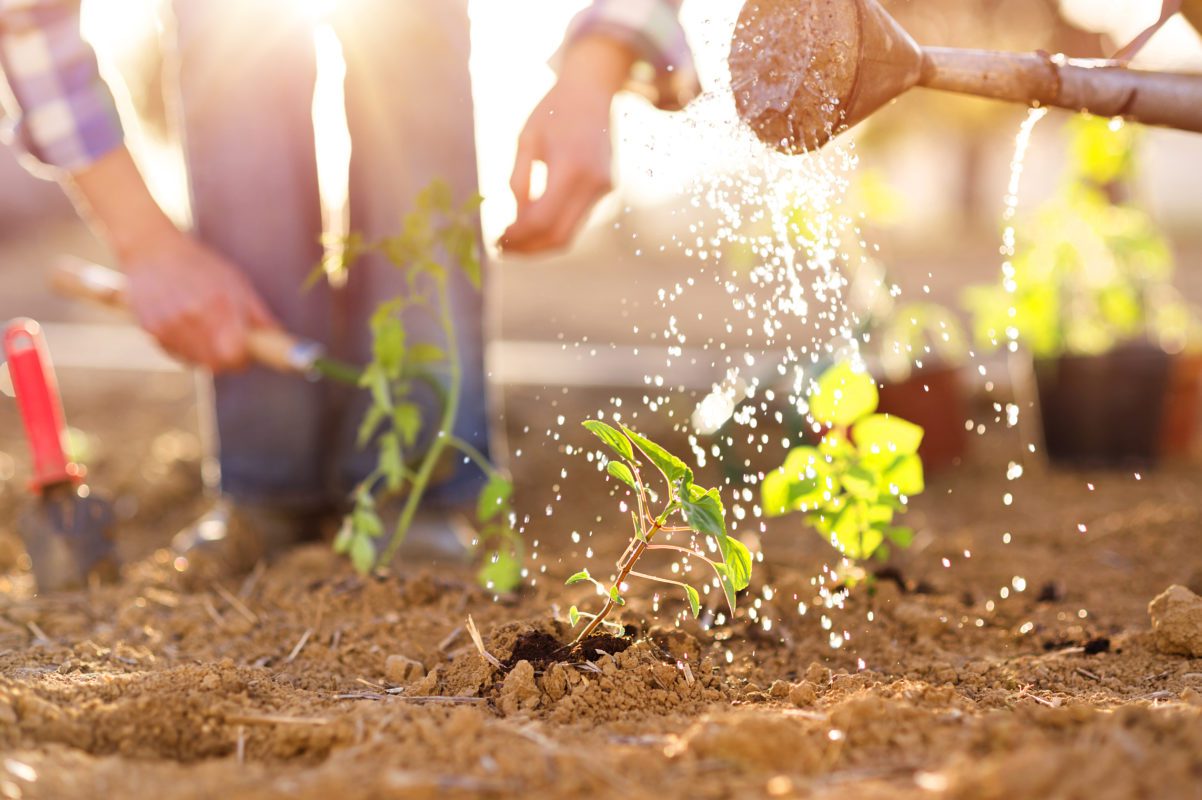
Sustainability is crucial in all aspects of life, and gardening is no exception. Gardening is a great way to connect with nature and help the environment, but it’s possible and easy to do it in a way that doesn’t damage the planet. By following these simple tips, you’ll be able to reduce your impact on the environment and help create a more sustainable future for us all.
Check out the facts and figures in this article; they are staggering and show that one person’s actions, while small, compounded with others who are doing the same, can produce huge reductions!
Thank you so much for reading. We hope this has inspired you to think about your own gardening habits and how you can make a difference. Remember: every little bit counts!
Do you have any tips for sustainable gardening? Let us know in the comments below. And if you enjoyed this article, please share it with others who might also find it useful. Here’s to a greener future!
FREE Online Composting Class
Learn how to get started composting at home — whether you live in a house, condo or apartment — with this video class from the experts at Compost for Life.
In this workshop, led by composting expert Francisco Torres, we dive deep into transforming organic waste into gold for your garden.
Discover the secrets behind successful community composting initiatives and learn how to enrich your soil, promoting a vibrant, sustainable ecosystem in your backyard. Join us as we explore innovative composting techniques, from basic home setups to advanced methods, ensuring your gardening practices contribute to a greener planet.
Volunteer with Us
To learn more about Vizcaya’s horticulture practices and work alongside our experts, consider becoming a garden volunteer. You can check out the schedule of volunteer opportunities and sign up online.


